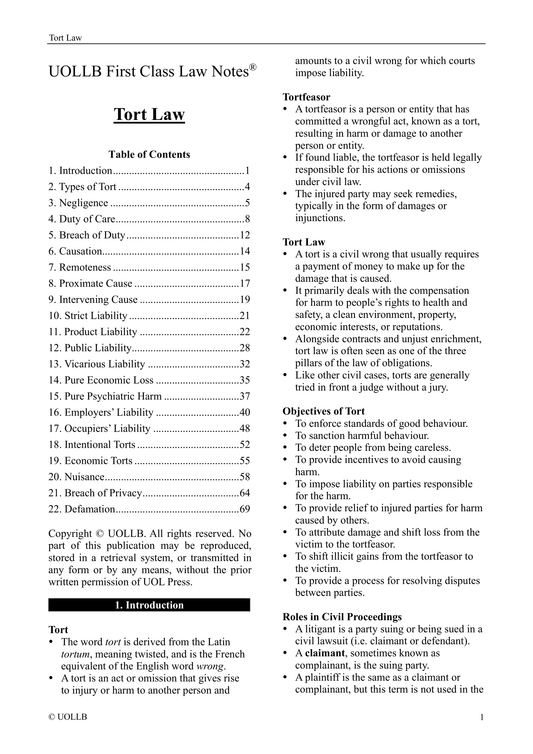Guide to IRAC Method
Share
The IRAC method is a structured approach to legal analysis that guides writers through the process of addressing a legal issue. Each component of IRAC serves a distinct purpose, contributing to the overall clarity and coherence of the legal argument.
1. Issue: Identifying the Legal Question
The "I" in IRAC stands for Issue. Begin by identifying the legal question or issue at hand. This is the pivotal point around which your analysis will revolve. Clearly articulate the question to provide a focal point for your readers and to guide your analysis.
Example
Is the defendant liable for negligence in causing the plaintiff's injuries?
2. Rule: Stating the Applicable Legal Rules
The "R" in IRAC refers to Rule. Once you've identified the issue, proceed to state the relevant legal rules or principles that apply to the situation. This may include statutes, regulations, case law, or other legal authorities. Articulate the rules succinctly and precisely.
Example
Under negligence law, a party is liable if they breach a duty of care, causing foreseeable harm to another.
3. Analysis: Applying the Rules to the Facts
The "A" in IRAC signifies Analysis. This is the heart of your legal reasoning. Apply the legal rules you've stated to the facts of the case. Analyse how the rules relate to the specific circumstances, discussing the strengths and weaknesses of each argument. Consider counterarguments and evaluate the weight of authority.
Example
In this case, the defendant owed a duty of care to the plaintiff as they failed to adhere to standard safety protocols. The breach of this duty resulted in foreseeable harm, establishing a prima facie case of negligence.
4. Conclusion: Summarising the Outcome
The final "C" in IRAC stands for Conclusion. Summarise your analysis and clearly state the outcome or resolution of the legal issue. Conclusions should be concise and directly tied to the analysis presented. This section provides closure to your argument and informs the reader of your position.
Example
Therefore, based on the analysis of the facts and application of relevant legal principles, it is likely that the defendant will be found liable for negligence in causing the plaintiff's injuries.
The IRAC method is a powerful tool in the legal writer's arsenal, offering a systematic approach to legal analysis that enhances clarity, organization, and effectiveness. By diligently applying the principles of Issue identification, Rule statement, Analysis, and Conclusion, legal professionals can elevate their writing, providing a compelling and persuasive framework for addressing complex legal issues.




























































